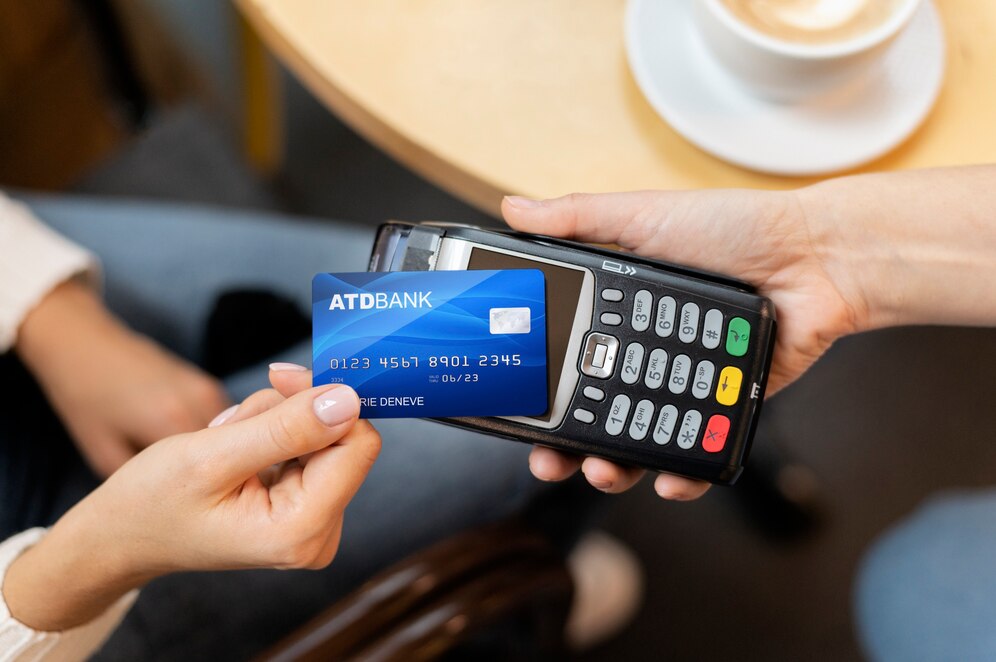Technology continues to evolve, and credit cards are no exception. From the introduction of EMV chips to Near Field Communication (NFC) technology and now integration with digital wallets, credit cards are transforming into a safer, more practical, and innovative payment tool. This article explores how these technologies are reshaping the way people conduct transactions and what to expect in the future.
1. Security Evolution with EMV Chips
The EMV (Europay, Mastercard, Visa) chip has been a significant advancement in enhancing credit card security. This technology works by generating a unique transaction code every time the card is used, making it difficult for data to be copied or hacked. This reduces the risk of credit card fraud and provides greater protection compared to traditional magnetic stripes.
2. Contactless Payments with NFC
NFC technology offers a faster and more convenient payment experience. NFC enables close-range communication between a payment card or device and a terminal. Users simply tap or bring their card or device close to the terminal to complete a transaction. The benefits of this technology include faster transaction times and reduced physical contact, making it ideal for payments in the post-pandemic era.
3. Integration with Digital Wallets
Digital wallets allow users to store credit card information within smartphone applications. The mechanism works by encrypting and securely storing credit card details on a device. Transactions are then conducted via NFC or QR codes. This integration provides users with the convenience of making transactions without carrying physical cards. Additionally, digital wallet transactions are more secure due to extra authentication features such as fingerprint or facial recognition.
4. Tokenization Technology for Extra Security
Tokenization adds an extra layer of security to digital payment systems. This system replaces credit card numbers with a unique token during transactions. The token is only valid for a specific transaction, making it difficult to misuse. This technology helps protect original card information from theft and enhances security in online payment ecosystems.
5. A Future Without Physical Cards
Technological advancements indicate a growing trend toward cardless payments. This trend is supported by digital wallets integrated into wearable devices such as smartwatches. Additionally, the increasing acceptance of NFC by merchants across various sectors is accelerating this shift.
Looking ahead, potential future developments include the use of augmented reality (AR) or virtual reality (VR) for interactive shopping experiences. Another possibility is the complete elimination of physical cards, replaced by biometric-based payments such as fingerprint authentication.
6. Global Trends in Modern Credit Card Usage
In various parts of the world, credit card technology has reached different levels of advancement.
- Europe: Credit card modernization focuses on the widespread adoption of EMV chips and NFC.
- Asia: Digital wallet integration dominates payments across multiple sectors.
- America: The primary focus is on tokenization and biometric technology for enhanced security.
As technology continues to progress, the transformation of credit cards is set to redefine digital transactions worldwide.

